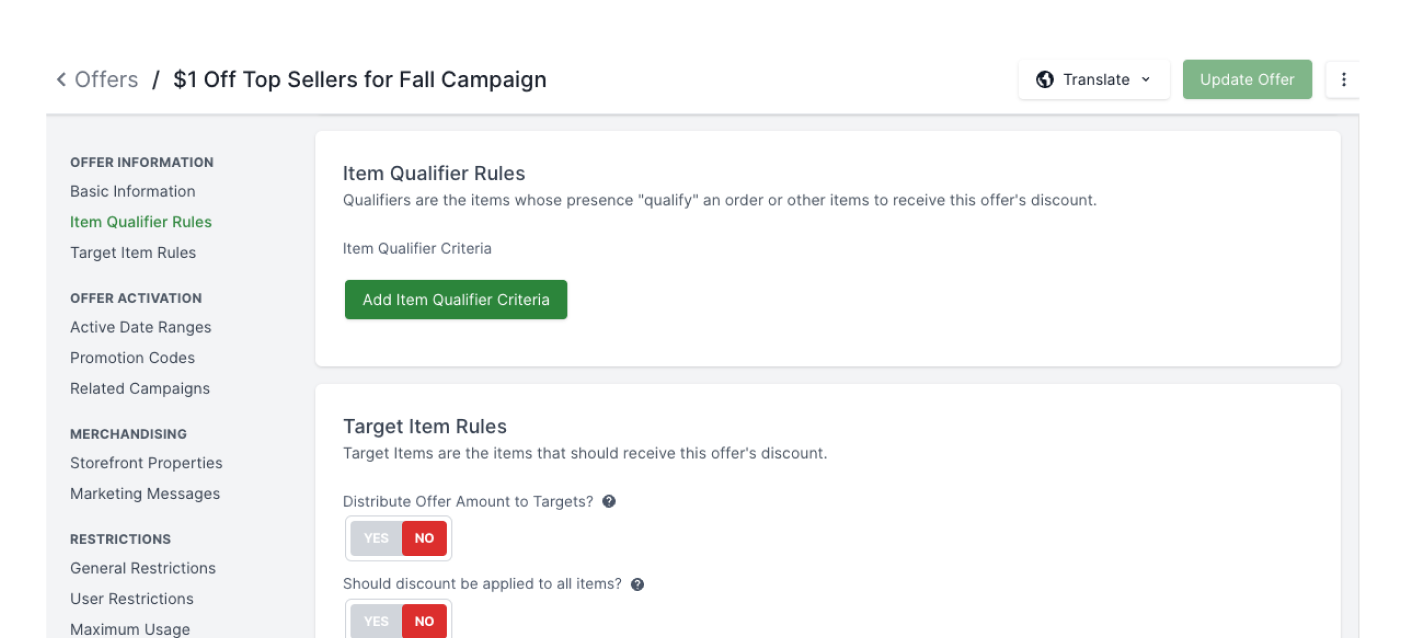Mastering Inventory and Order Management: A Developer's Guide to Broadleaf Services
Written by
Cade Rea
Published on
Aug 19, 2025
Backend services reveal a commerce platform's true power. Building eCommerce solutions that actually work requires more than slick frontends – you need systems that can handle product flow without falling over. Broadleaf Commerce delivers through microservices: InventoryServices, OrderOperationServices, and OrderServices.
We'll explore how these work together, focusing on pre-orders, backorders, and real-time inventory management that make development simpler and businesses more flexible.
Legacy monolithic platforms create serious business risk. The costs go way beyond lost sales. Developers know the real price gets measured in technical debt and operational headaches.
Financially, it's brutal. Of course, downtime during a flash sale costs money, but the development toll runs even deeper. Manual patches, emergency hotfixes, and maintaining legacy platforms make each bug even more expensive.
Monoliths make new features feel like major projects. Your innovation pipeline stalls. Teams move at the speed of their worst technology while competitors with better architecture pull ahead.
DevOps loses flexibility. Inflexible deployments, long builds, complex rollbacks. Continuous delivery becomes impossible. New channels that competitors launch easily become months-long initiatives.
InventoryServices: Your Source of Truth
Inventory management sits at the core. Broadleaf's InventoryServices handles SKU-level tracking across locations (physical warehouses, digital downloads, whatever you need). It's not just stock counts, though. You get granular control for building complex business rules.
Configure key attributes on each SKU to control transaction behavior.
You can be specific about fulfillment. Mark products as PHYSICAL for real-time stock checks or DIGITAL for unlimited availability. No overselling, no logic mismatches.
Pick when inventory reserves. Choose ADD_TO_CART or SUBMIT_ORDER timing. Your choice is based on business needs.
Per-product configuration means sophisticated logic without performance trade-offs.
Smart Reservations Handle the Critical Window
The time between cart and purchase is where things get tricky. Broadleaf uses two-phase reservations to minimize risk while keeping customers happy.
Soft reservations provide breathing room. Temporary inventory holds during checkout ensure that a customer can complete payment without another customer swooping in to buy the last of the stock.. Payment hiccups won't result in losing their items, either.
Completed orders lock it down. Orders convert soft reservations to hard reservations. Stock becomes permanently deducted, warehouse systems get notified, and fulfillment starts.
This approach shows how Broadleaf handles state in distributed systems while keeping everything consistent.
Pre-Orders and Backorders: Beyond Current Stock
Sales don't stop when inventory runs out. Broadleaf supports future inventory through pre-orders and backorders. This is essential for telecom with time-dependent service availability, such as monthly plan renewal or a promotional period, or retailers with anticipated products.
Enable future sales by marking SKUs with "future stock enabled" and expected dates. Customer purchases create future inventory reservations instead of hard ones. Orders wait as "pending inventory" until stock arrives.
Future reservations automatically become hard ones when inventory shows up. Set quantity limits to prevent over-ordering if needed.
OrderOperationServices: The Orchestrator
OrderOperationServices handles post-purchase workflows, managing the complex path from "pending" to "fulfilled" while coordinating with other services.
For backorder scenarios, it flags orders with insufficient stock as "pending inventory." When new stock arrives, those orders automatically get flagged as ready. Merchants can prioritize however it makes sense for their business.
Partial fulfillments work well here. Ship what's available while the rest waits. Customers get products faster instead of waiting for complete orders.
A System That Works Together
The real value comes from integration.
InventoryServices provides real-time stock data. OrderOperationServices uses that for fulfillment logic. OrderServices stores the final state with integrity intact.
Microservices architecture avoids the bottlenecks you get with monoliths. Each service handles its specialty independently while contributing to a platform that doesn't break under pressure. Focus on innovation instead of rebuilding basic components.
Broadleaf's modular approach lets you build unique fulfillment experiences and operational logic. The platform handles the foundation so you can solve actual business problems.




